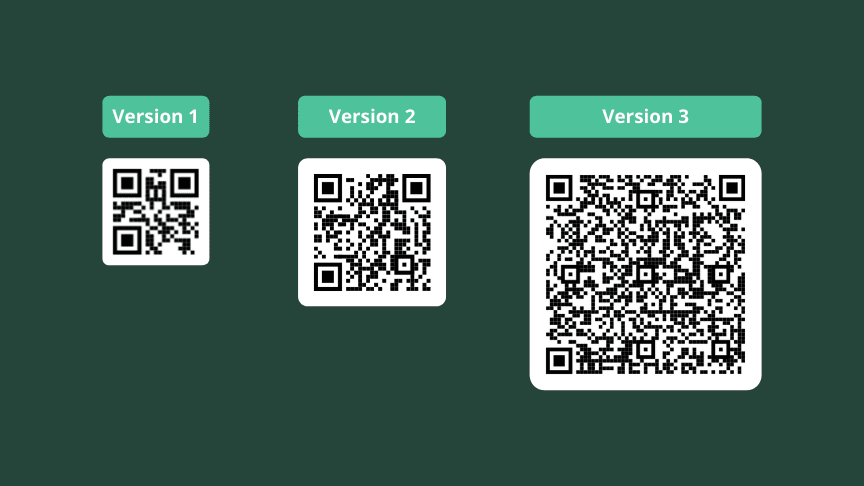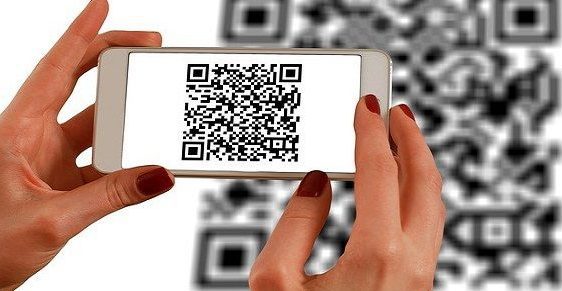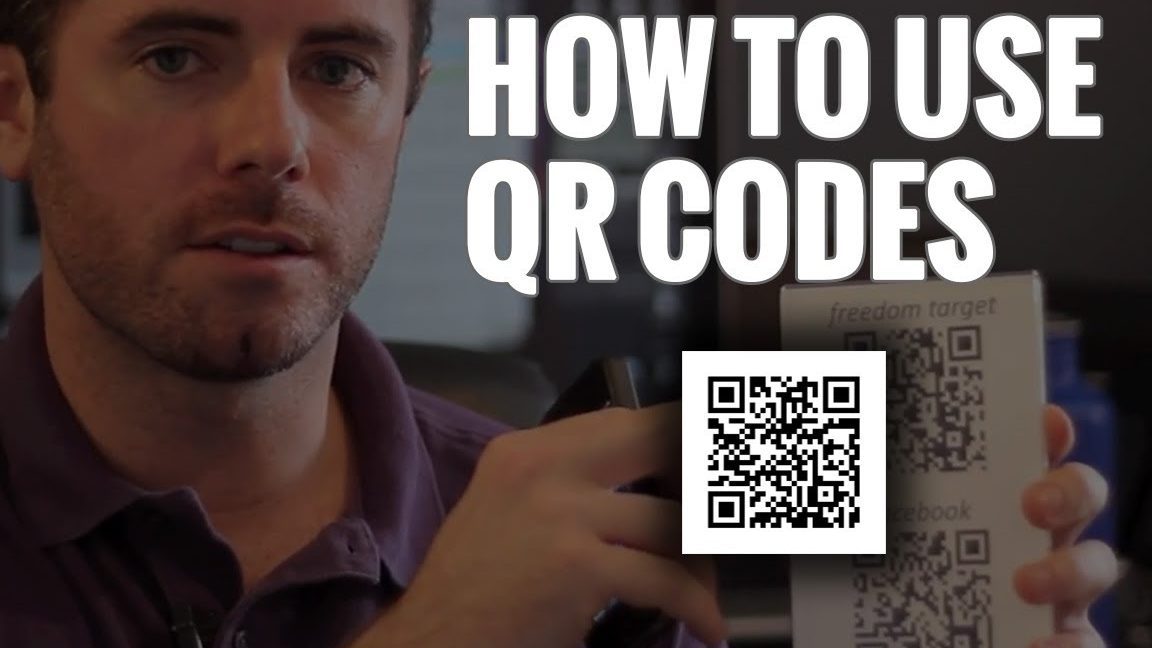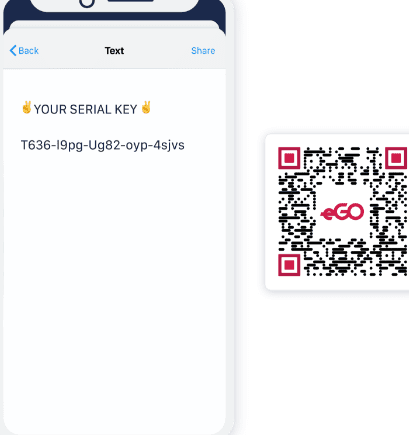Did you know that QR codes can be incredibly small, making them highly versatile and convenient for a variety of applications? These codes can be made as small as just a few millimeters in size, while still remaining scannable and functional. Here are a few examples of how small QR codes can be created:
Overall, the ability to create small QR codes means that they can be used in a variety of applications where space is limited. From product identification to marketing materials, QR codes can be integrated into a wide range of products and services and provide added convenience and value to users.
Introduction: Understanding QR Codes
QR codes, also known as Quick Response codes, are two-dimensional barcodes that can be read using a smartphone or a QR code reader. These codes are becoming increasingly popular in today’s society, as they offer an easy way for businesses and individuals to share information quickly and efficiently. QR codes can store a variety of information, including website URLs, product information, contact details, and more.
QR Codes in Today’s World
QR codes are all around us, from the packaging on the food we buy at the grocery store to the flyers we receive in the mail. They are used in marketing campaigns, events, and even on business cards. QR codes have become a reliable tool for companies seeking to engage with consumers and reduce marketing costs. Moreover, with the increase in contactless payments, QR codes have also become an essential tool for making payments in a secure and traceable way.
Size Matters: Importance of Small QR Codes
When it comes to QR codes, size can make a significant difference in their usability and effectiveness. Smaller QR codes are ideal for printing on business cards or product labels, where space is at a premium. In addition, smaller QR codes can be scanned more quickly by smartphones, making them more convenient for users. The smaller the QR code, the more easily it can blend into designs and packaging materials. The ability to make smaller and more efficient codes has created a new wave of possibilities for companies and individuals to incorporate them in new ways.
Factors That Affect QR Code Size
The size of a QR code can depend on various factors, such as the amount of data being stored, the size of the module and the error correction level. In general, the more data that needs to be encoded into the QR code, the larger the code will need to be. Similarly, the higher the error correction level, the larger the QR code will be. As a result, it is crucial to find a balance between data storage and error correction level to achieve the best size possible for the intended use.
To optimize the size of a QR code, certain design elements can be adjusted, such as the quiet zone, module size, and logo placement. The quiet zone is the area around the code, which should be free of any other content to ensure that it can be scanned correctly. By reducing the size of the quiet zone, the overall size of the QR code can be reduced without affecting scanability. Similarly, by increasing the module size, a smaller QR code can be read more easily. However, increasing the module size too much can impact the amount of data that can be stored in the QR code.
Best practices for creating small QR Codes:
- Use a higher error correction level to reduce the size of QR code.
- Limit the amount of data being stored in the QR code.
- Reduce the size of the quiet zone around the QR code.
- Choose a suitable module size that can allow for smooth scans.
- Test the QR code on different smartphones to ensure it can be scanned without any errors.
Risks of Reducing QR Code Size
While small QR codes can offer numerous benefits, there are a few risks associated with reducing their size. One of the primary risks is that smaller QR codes can be more challenging to scan accurately, particularly if they are printed on low-quality materials, or the lighting conditions are poor. Another risk is that reducing the size of a QR code can lead to the loss of data, which can make the code less effective. Therefore, careful consideration and testing are essential when reducing the size of a QR code.
Conclusion: QR Codes, Size, and Functionality
In conclusion, QR codes are a powerful tool for sharing information, and their effectiveness can be greatly enhanced by designing codes that are compact and efficient. Smaller QR codes can offer numerous benefits, particularly when used on business cards, product labels or packaging materials. However, designing small QR codes can be a complex process that requires attention to detail and testing to ensure they remain functional. By following best practices for creating small QR codes, companies and individuals can take advantage of the multiple benefits the technology offers while minimizing the risks associated with using small codes.





